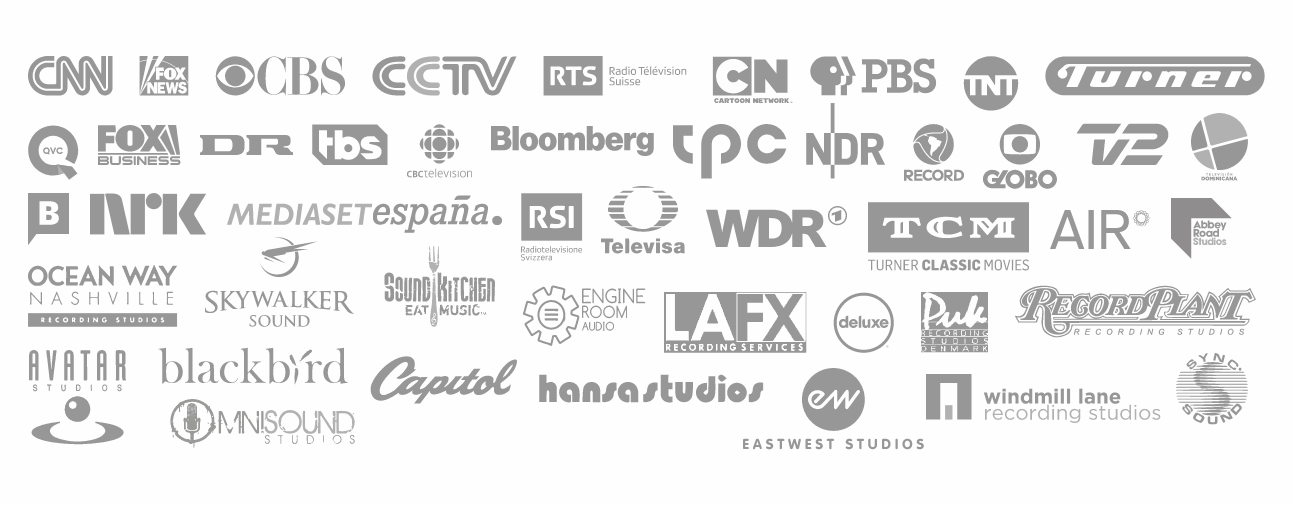Loudness Explained
Loudness Explained
Today, the most fundamental audio issue of all is control of loudness. Every day, millions of people adjust their volume controls over and over. Music recordings from the past often appear to be significantly softer than modern Pop and Rock recordings, and in a television context, promos and commercial are generally much louder than e.g. film, drama or newscasts. No wonder that it is always the volume buttons on remote controls that get worn out the first!
Since the early days of digital audio, the most common way of determining the level of a given piece of audio has been to measure sample-peak level. However, this method is easily deceived and in the effort to appear louder than competitors, many producers and mastering engineers have found it necessary to use excessive amounts of compression, limiting and maximization, which not only make audio highly inconsistent in terms of loudness (compared to e.g. older recordings and across genres), it also compromises the quality of the program material significantly.
Rather than counting the samples, level should be measured by how loud the listener perceives a given piece of audio - in other word s,Perceived Loudness in combination with a new, improved way of measuring peaks called True-peak is the solution to the problem. For this purpose, a number of international broadcast standards have been developed based on thorough research and circumstantial listening tests performed by independent organizations such as Communications Research Centre (CRC) and McGill University in Canada. Further, expertise from external research institutes and manufacturers in the film and music industry - including Dolby and TC Electronic - has been brought into the equation as well. For an overview and in-depth explanation of the various broadcast standards, please click here: Broadcast Standards
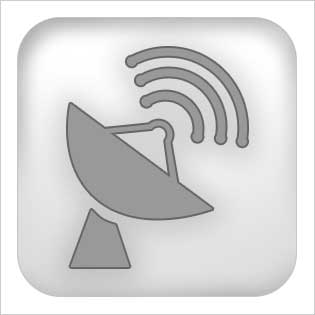
In fact, e.g. notoriously loud commercial blocks in television have caused legislative assemblies across the globe to make compliance with certain broadcast standards mandatory. For instance, The CALM Act has been passed in the US, which demands US broadcasters to comply with the ATSC A/85 standard, and in Italy EBU R128 compliance has already been turned into law, while broadcasters several other European countries such as France, Germany, Switzerland, Austria, Norway and Spain aim to comply with R128 in production, ingest and transmission.
Many other countries throughout the world are currently in the process of legislating in this particular field, which is a clear sign of how serious the issue has become in digital Nand with multi-platform broadcast. In other words, there is no doubt that this is the way of the future for broadcasters.
To sum up, audio is precious and deserves to be reproduced respectfully. For ages, sound was a natural phenomenon, only existing in the exact moment it was being produced, but technology allowing for recording and reproduction of audio has changed that once and for all. Now, beautiful audible moments can be captured and reproduced to enjoy at any time. However, technology can also be abused, which, as described in the above, is rarely beneficial to the music and film-loving listener. For example, excessive and inexpedient use of compression, limiting and maximization causes audio to suffer considerably. With the new broadcast standards - and the equipment that allow for compliance with these standards - production, post and broadcast professionals now have a valuable and efficient set of tools in the ongoing fight against the Loudness Wars.
With the new broadcast standards, cross-genre program material can finally co-exist, and volume knobs and buttons can expect a longer life, while audiences will get a far more pleasant listening experience. Everybody wins!
Rather than trying to measure audio level by counting samples (sample-peak level), circumstantial research has proven that even though two pieces of audio may be measured to be equally loud using the sample-peak method, they may very well be perceived as being very different in terms of level. Studies based on substantial listening tests performed by independent organizations such as Communications Research Centre (CRC) and McGill University in Canada have helped developing a method to measure audio level based on perceived loudness. Without getting into the technical details, a so-called K-weighted filter curve (based on the above-mentioned research results) is applied to each audio channel, which basically builds a bridge between subjective impression and objective measurement.
The K-weighting method is an essential part of a global, open standard defined by The International Telecommunication Union: ITU 85.1770 (now updated to BS.1770-3).
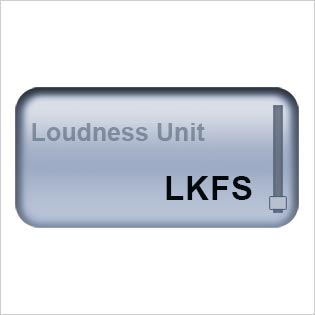
When measuring loudness, three terms are essential to be aware of: LKFS, LUFS and LU. What tends to create confusion is that these terms are very similar and basically aims at describing the exact same thing.
LKFS is an abbreviation of: Loudness K-weighted Full Scale, and one unit of LKFS is equal to one dB.The LKFS term is used in the ITU BS.1770 standard and the ATSC A/85 standard also operates with this term. Other organizations, such as The European Broadcast Union (EBU), uses the term LUFS, which is an abbreviation ofLoudness Units Full Scale. Despite the different names, LF KS and LUFS are identical. Both terms describe the same phenomenon and just like LKFS, one unit of LUFS is equal to one dB.
LKFS/LUFS are absolute measures, and depending on which broadcast standard is in use, the loudness target level could be e.g. -24 LKFS or -23 LUFS. However, in order to aim for a more 'traditional number, a relative measure has been defined: Loudness Units (LU). Now, the broadcaster can set the target level (regardless of whether it is -23 or -24) to 0 LU, and again, one LU is equal to one dB.
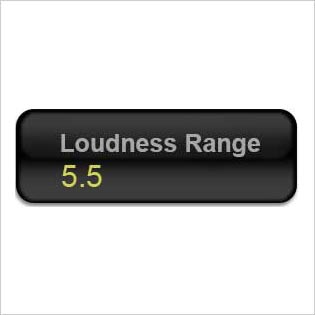
Loudness Range - or LRA - describes the overall program material range: From the softest part to the loudest part The range is quantified in LU, and to avoid extreme events from affecting the overall result, the top 5% and the lowest 10% of the total loudness range is being excluded from the LRA measurement. For example, a single gunshot or a long passage of silence in a movie would result in a very broad Loudness Range even though it would not be representative in the big picture.
The LRA parameter was originally developed by TC as the descriptor named 'Consistency: Later, it was adopted by e.g. EBU R128 standard and is currently under consideration for implementation at ITU as well.
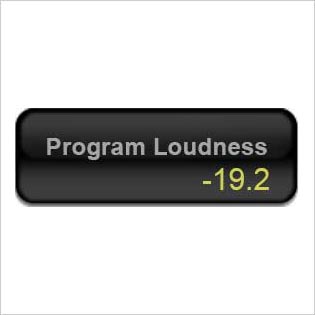
Program Loudness aims at describing theaverage program material loudness. Sometimes, Program Loudness may also be referred to as Integrated Loudness. Program Loudness is described using LUFS or LIKES.
Loudness meters featuring 'EBU Mode' will display the two above parameters, which will be projected as two numeric values - ordescriptors - which will represent a valuable overview of the total 'loudness landscape' of the program material being measured.
When measuring Program Loudness, merely calculating the average level will not always be desirable as certain events - e.g. long passages of silence (or very soft background noise) in a movie - affect the Program Loudness parameter.Therefore, a gating scheme that pauses the measuring when the audio level drops below a threshold of -10 LU relative to an ungated measurement of the same program material has been developed.
The benefit of applying this gate is that the measurement becomes far more cross-genre friendly, allowing for example movies and classical music to be 'loudness aligned' with e.g. pop music and commercials. Note that to be efficient in a broadcast context, various types of program material with very different durations - such as a 2 hour movie and a 20 seconds commercial - must be able to be aligned in terms of loudness, and the gate is a very powerful tool in making this possible.
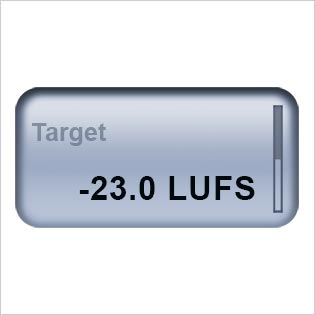
Target levels are specified in various broadcast standards, but only vary slightly. For instance, the ATSC AMS standard recommends a target of-24 and uses the LKFS term, whereas the EBU R128 standard sets the target level at -23 and uses the LUFS term. One of the reasons for this difference is that the R128 standard employs the above-mentioned gate, which in effect makes most measurements equivalent to -24 LKFS/LUFS without the gate-yet more useful for aligning loudness across genres.
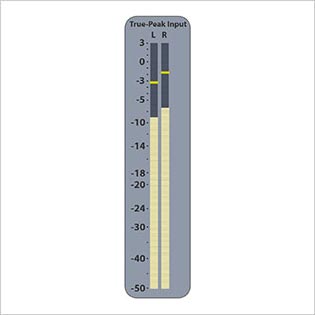
Since loudness measuring is based on an algorithm that builds on a study of subjective perception, in theory, program material that complies with the determined LRA and Program Loudness of a certain broadcast standard can in fact overload if normalized the traditional way (quasi-peak or sample-pea k). Therefore, normalization is also part of many broadcast standards, and to comply, broadcasters must use a true-peak meter.
Many loudness meters have a built-in true-peak meter, and what sets the true-peak meter apart from sample-peak meters is a special algorithm - donated by TC - that not only looks at the actual samples, but also inter sample peaks. In effect, the true-peak mater can unveil peaks in between actual samples that would otherwise cause distortion. Therefore, a true-peak meter actually 'goes beyond 0 dB'. A reading using a traditional sample-peak meter that displays a max of e.g. -0.2 dB could go as far as +3 dB on a true-peak meter reading.
Please note that this does not indicate acceptance of exceeding 0dB on a true-peak meter, but it provides a more precise reading that helps in normalizing program material without compromising the quality of the audio. As an example, the max value of normalized program material according to the EBU R128 standard is -1 dBTP (d B True-Peak).
